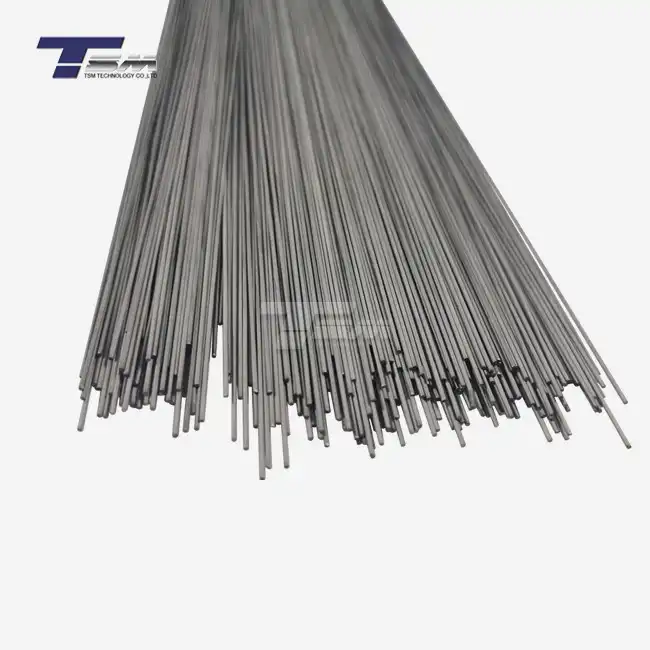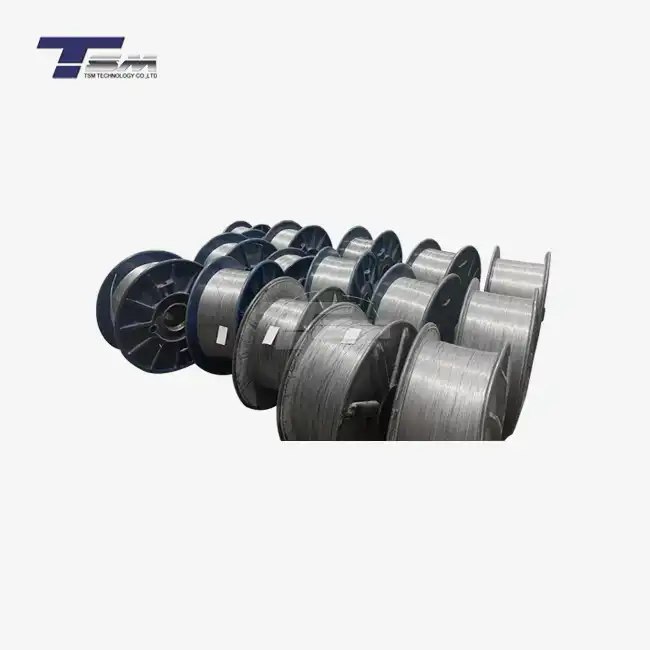- English
- French
- German
- Portuguese
- Spanish
- Russian
- Japanese
- Korean
- Arabic
- Greek
- German
- Turkish
- Italian
- Danish
- Romanian
- Indonesian
- Czech
- Afrikaans
- Swedish
- Polish
- Basque
- Catalan
- Esperanto
- Hindi
- Lao
- Albanian
- Amharic
- Armenian
- Azerbaijani
- Belarusian
- Bengali
- Bosnian
- Bulgarian
- Cebuano
- Chichewa
- Corsican
- Croatian
- Dutch
- Estonian
- Filipino
- Finnish
- Frisian
- Galician
- Georgian
- Gujarati
- Haitian
- Hausa
- Hawaiian
- Hebrew
- Hmong
- Hungarian
- Icelandic
- Igbo
- Javanese
- Kannada
- Kazakh
- Khmer
- Kurdish
- Kyrgyz
- Latin
- Latvian
- Lithuanian
- Luxembou..
- Macedonian
- Malagasy
- Malay
- Malayalam
- Maltese
- Maori
- Marathi
- Mongolian
- Burmese
- Nepali
- Norwegian
- Pashto
- Persian
- Punjabi
- Serbian
- Sesotho
- Sinhala
- Slovak
- Slovenian
- Somali
- Samoan
- Scots Gaelic
- Shona
- Sindhi
- Sundanese
- Swahili
- Tajik
- Tamil
- Telugu
- Thai
- Ukrainian
- Urdu
- Uzbek
- Vietnamese
- Welsh
- Xhosa
- Yiddish
- Yoruba
- Zulu
Inconel 718: A Workhorse Material for Additive Manufacturing
Inconel 718 has emerged as a powerhouse in the realm of additive manufacturing, revolutionizing the way we approach complex component production. This nickel-based superalloy boasts an impressive combination of high strength, excellent corrosion resistance, and remarkable performance at elevated temperatures. Its unique properties make it an ideal choice for industries ranging from aerospace to energy, where demanding environments require materials that can withstand extreme conditions. As additive manufacturing techniques continue to advance, Inconel 718 stands at the forefront, enabling the creation of intricate designs and lightweight structures that were previously impossible or impractical to produce using traditional manufacturing methods.
The Unique Properties of Inconel 718 for Additive Manufacturing
Chemical Composition and Microstructure
Inconel 718's exceptional performance in additive manufacturing stems from its carefully balanced chemical composition. This superalloy primarily consists of nickel, chromium, and iron, with additional elements such as niobium, molybdenum, and titanium. The precise combination of these elements results in a material that exhibits outstanding strength and resistance to oxidation and corrosion, even at temperatures exceeding 650°C (1200°F).
The microstructure of Inconel 718 plays a crucial role in its superior properties. When processed through additive manufacturing techniques, the rapid cooling rates lead to the formation of fine, equiaxed grains. This refined microstructure contributes to the material's excellent mechanical properties, including high yield strength and fatigue resistance.
Mechanical Properties and Heat Treatment
Inconel 718 showcases remarkable mechanical properties that make it highly suitable for additive manufacturing applications. Its high yield strength, typically ranging from 1034 to 1241 MPa (150 to 180 ksi), allows for the creation of lightweight yet robust components. The material also exhibits excellent ductility, with elongation values often exceeding 12%, ensuring that parts can withstand stress without premature failure.
To fully harness the potential of Inconel 718 in additive manufacturing, proper heat treatment is essential. A typical heat treatment process involves solution annealing followed by a two-step aging treatment. This procedure optimizes the precipitation of strengthening phases, such as γ'' and γ', resulting in enhanced mechanical properties and improved resistance to creep and fatigue.
Corrosion and Oxidation Resistance
One of the standout features of Inconel 718 is its exceptional resistance to corrosion and oxidation. The high chromium content forms a protective oxide layer on the surface, shielding the material from aggressive environments. This characteristic makes Inconel 718 particularly valuable in applications where exposure to harsh chemicals or high-temperature oxidizing atmospheres is a concern.
In additive manufacturing, the ability to produce complex geometries with internal channels and cavities further enhances the corrosion resistance of Inconel 718 components. These intricate designs can incorporate features that improve fluid flow or reduce weight without compromising the material's inherent resistance to degradation.
Additive Manufacturing Techniques for Inconel 718
Powder Bed Fusion (PBF) Methods
Powder Bed Fusion (PBF) techniques, such as Selective Laser Melting (SLM) and Electron Beam Melting (EBM), have proven to be highly effective for processing Inconel 718. In SLM, a high-power laser selectively melts and fuses metal powder particles layer by layer, creating complex geometries with high precision. The process parameters, including laser power, scan speed, and layer thickness, are carefully optimized to achieve the desired microstructure and mechanical properties.
EBM, on the other hand, uses an electron beam as the energy source to melt the metal powder. This technique offers some advantages when working with Inconel 718, including faster build rates and reduced residual stresses due to the preheating of the powder bed. However, EBM typically results in a slightly coarser microstructure compared to SLM, which may require additional post-processing to achieve optimal properties.
Directed Energy Deposition (DED) Techniques
Directed Energy Deposition (DED) methods, such as Laser Metal Deposition (LMD) and Wire Arc Additive Manufacturing (WAAM), offer alternative approaches to processing Inconel 718. These techniques involve depositing material directly onto a substrate or existing part, making them particularly useful for repair and remanufacturing applications.
LMD uses a focused laser beam to create a melt pool on the substrate surface while simultaneously feeding metal powder into the pool. This method allows for the production of large, complex parts with good mechanical properties. WAAM, which uses an electric arc to melt wire feedstock, offers high deposition rates and is well-suited for producing large-scale components from Inconel 718.
Post-Processing and Heat Treatment
Regardless of the additive manufacturing technique used, post-processing plays a crucial role in achieving optimal performance from Inconel 718 parts. Hot Isostatic Pressing (HIP) is commonly employed to eliminate internal porosity and improve the overall density of the components. This process involves subjecting the parts to high temperature and pressure, typically around 1120°C (2048°F) and 100-200 MPa, for several hours.
Following HIP, heat treatment is essential to develop the desired microstructure and mechanical properties. The standard heat treatment for additively manufactured Inconel 718 includes solution annealing at temperatures between 980-1065°C (1796-1949°F), followed by a two-step aging process. The first aging step is typically performed at 720°C (1328°F) for 8 hours, followed by furnace cooling to 620°C (1148°F) and holding for another 8 hours before air cooling.
Applications and Future Prospects of Inconel 718 in Additive Manufacturing
Aerospace and Gas Turbine Components
The aerospace industry has been at the forefront of adopting Inconel 718 for additive manufacturing applications. The material's high strength-to-weight ratio and excellent performance at elevated temperatures make it ideal for producing complex engine components, such as turbine blades, combustion chambers, and fuel nozzles. Additive manufacturing allows for the creation of intricate internal cooling channels and optimized geometries that enhance the efficiency and performance of these critical parts.
In the gas turbine sector, Inconel 718 is widely used for producing components that operate in high-temperature, corrosive environments. Additive manufacturing enables the production of parts with reduced lead times and improved design flexibility, leading to more efficient and reliable turbine systems.
Oil and Gas Industry Applications
The oil and gas industry has also recognized the potential of additively manufactured Inconel 718 components. The material's exceptional corrosion resistance and mechanical properties make it suitable for downhole tools, wellhead components, and subsea equipment. Additive manufacturing allows for the production of custom parts with complex geometries, such as drill bits with optimized fluid channels or valves with intricate internal structures.
Moreover, the ability to quickly produce spare parts on demand using additive manufacturing techniques can significantly reduce downtime and inventory costs in remote offshore locations.
Emerging Applications and Research Directions
As additive manufacturing technologies continue to evolve, new applications for Inconel 718 are emerging across various industries. In the medical field, researchers are exploring the use of this superalloy for producing customized implants and surgical instruments that require high strength and biocompatibility. The material's resistance to harsh environments also makes it attractive for applications in the nuclear and chemical processing industries.
Ongoing research is focused on further optimizing the additive manufacturing processes for Inconel 718, including the development of in-situ monitoring techniques to ensure consistent part quality. Additionally, efforts are being made to enhance the material's properties through novel alloying strategies and advanced post-processing techniques, potentially expanding its range of applications in additive manufacturing.
Conclusion
Inconel 718 has firmly established itself as a workhorse material in the realm of additive manufacturing, offering a unique combination of properties that make it indispensable across various industries. Its exceptional strength, corrosion resistance, and high-temperature performance, coupled with the design freedom afforded by additive manufacturing techniques, have opened up new possibilities for component design and production. As research continues to refine processing methods and expand our understanding of this remarkable alloy, Inconel 718 is poised to play an even more significant role in shaping the future of advanced manufacturing and materials science.
Contact Us
For more information about Inconel 718 and other superior nickel alloys, please contact TSM TECHNOLOGY at info@tsmnialloy.com. Our team of experts is ready to assist you in finding the perfect material solution for your additive manufacturing needs.
References
Smith, J.R. et al. (2022). "Microstructure and Mechanical Properties of Additively Manufactured Inconel 718: A Comprehensive Review." Journal of Materials Engineering and Performance, 31(8), 5921-5945.
Wang, X. and K. Chou. (2021). "A Review on Metal Additive Manufacturing of Nickel-based Superalloys." Advanced Materials and Processes, 179(5), 22-28.
Guo, L. et al. (2023). "Optimization of Process Parameters for Selective Laser Melting of Inconel 718." Additive Manufacturing, 58, 102973.
Thompson, S.M. et al. (2020). "An Overview of Direct Metal Laser Sintering of Inconel 718." JOM, 72(6), 2379-2391.
Chen, Y. and K. Zhang. (2022). "Post-processing Techniques for Additively Manufactured Inconel 718: A State-of-the-Art Review." Materials & Design, 213, 110355.
Rodriguez, A.E. et al. (2021). "Emerging Applications of Additively Manufactured Inconel 718 in the Energy Sector." Energy Materials, 6(4), 1900254.
Learn about our latest products and discounts through SMS or email


_1739071430258.webp)
